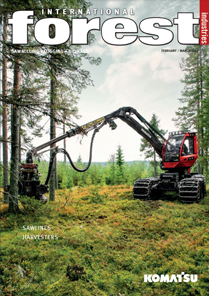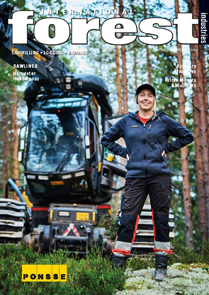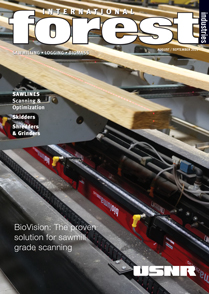EDITOR’S COMMENT
When is a raw material not a raw material? When it is not responsibly sourced.
This is the undeniable trend we have seen in the world over the past few decades and arguably far more prominently in the past two years – the growing appetite for sustainability, rather than being sidelined, has accelerated through the pandemic.
This is most publicly seen in the actions of large corporates such as like Apple or BMW, which are heavily marketing their efforts to work with upstream metal providers to ensure raw materials that make it into a smart phone or a sedan have not compromised communities or the environment on their way to the consumer.
This is a new thing for the metals sector.
For so long, the path from a mine site, regularly in the third or developing world, was too far removed from the consumer for them understand the impacts – a mine will sell a concentrate to a smelter to make a metal that will be turned into a widget that will be bought by a customer-facing manufacturer, like an Apple or BMW.
Ignorance of this process protected the sector from early demands for transparency. Only with the rise of social media alongside a crusading moral conscious among Millennials have the negative impacts this process can sometimes have become reflected by consumer behaviour.
It is no coincidence that the latest industrial revolution that facilitated smart phones and social media has also underwritten the metal sector’s response – the complicated digitalisation, artificial intelligence and blockchain technologies responsible for managing the metal industries convoluted supply chain and eased, then automated, its management.
This month Costa Rica reported it was partnering with technology group Timbeter on a pilot project aimed at ultimately digitalising the country’s wood management and therefore improving transparency, which would increase competitiveness in a world where being able to prove products are responsibly sourced is a foundation of commerce.
“Our goal is to obtain clear benefits from the use of technology for efficient and sustainable management of the sector,” Costa-Rica Vice-Minister of Environment Franklin Paniagua said. “It is important to guarantee transparency and traceability of management, in order to increase the competitiveness of companies that market and export wood.”
We would argue without such technology ambitious certification schemes that stand up to international scrutiny are often insurmountable undertakings in developing economies.
Certification is nothing new in forestry. The Forest Stewardship Council certification scheme is 30 years old. Like metals, consumers demanded higher standards though the link between the forest and the end product – often a basic piece of timber – is easier to understand and so demands were made earlier; by almost three decades, as it turns out.
But to comply with certification takes a huge cooperative effort and investment in securing the supply chains to the certified standard. It is no great surprise that the first countries to certify their forestry sectors were those that could afford to and those emerging economies with a forestry sector large enough to justify investment.
The same technology being applied to the metal industry’s complex challenge can now be applied to all forestry sector management and certification schemes. Where certification is in place, it is making it easier. But, arguably more importantly, in countries where certification was proving too hard, technology is providing a ticket to establish a timber exporting sector at scale for the first time.
Enjoy
Chris Cann




